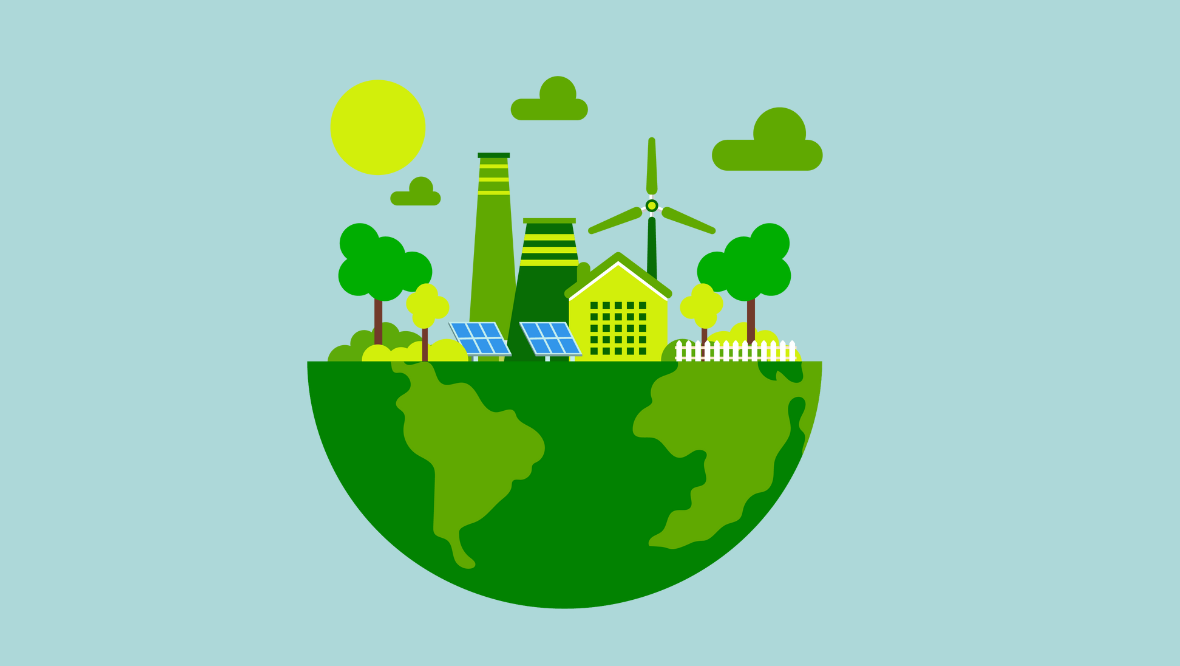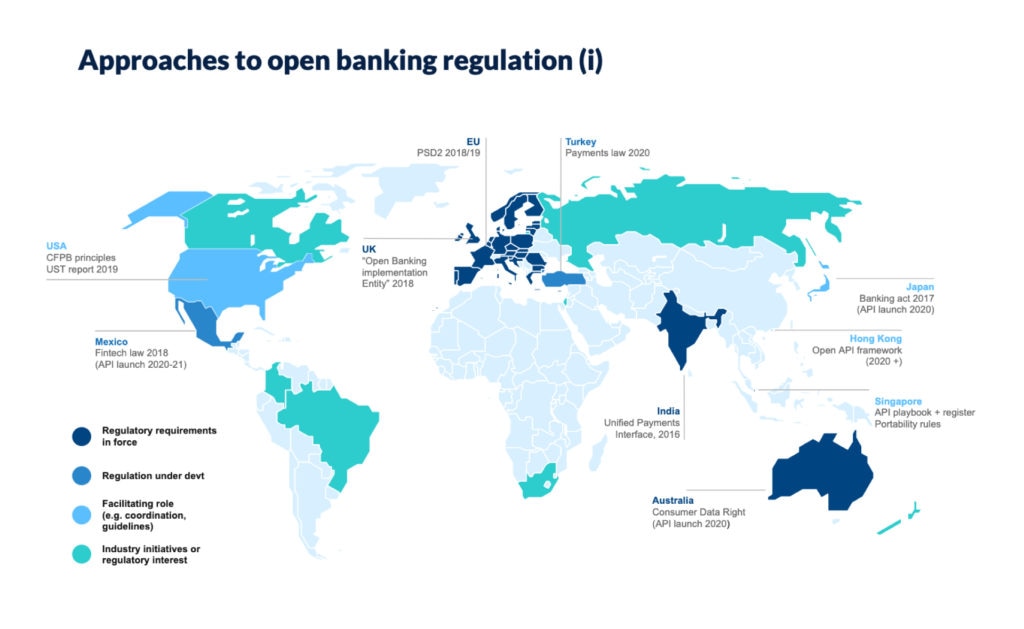
Green Trade Policies: Building a Sustainable Future for Global Commerce
In an increasingly interconnected world, the way we produce, consume, and exchange goods has a profound impact on our planet. From the clothes we wear to the food we eat, nearly every product has traveled across borders, leaving an environmental footprint along the way. This is where Green Trade Policies come in – they are the rules and guidelines designed to make international commerce more environmentally friendly and sustainable.
Imagine a world where trade not only boosts economies but also protects our oceans, cleans our air, and preserves our natural resources. That’s the vision behind green trade. This comprehensive guide will break down what green trade policies are, why they matter, how they work, and what the future holds for this vital aspect of global commerce.
What Exactly Are Green Trade Policies? Understanding the Basics
At its heart, "green trade" refers to international commerce that supports environmental protection and sustainable development. Green Trade Policies are the set of laws, regulations, agreements, and initiatives that governments, businesses, and international organizations put in place to achieve this goal.
Think of them as a set of rules for playing fair with the planet in the global marketplace. These policies aim to:
- Reduce the environmental impact of trade: Minimizing pollution, carbon emissions, and resource depletion associated with producing, transporting, and consuming goods.
- Promote environmentally friendly goods and services: Encouraging the creation and trade of products that are sustainable, energy-efficient, or made from recycled materials.
- Support sustainable practices: Encouraging businesses to adopt greener production methods, manage waste responsibly, and use renewable energy.
Key Terms to Know:
- Environmental Standards: Specific rules or requirements for how products are made, what they contain, or how they perform environmentally (e.g., limits on pollutants, energy efficiency ratings).
- Sustainable Development: Development that meets the needs of the present without compromising the ability of future generations to meet their own needs.
- Eco-labels & Certifications: Visible marks or seals on products that indicate they meet certain environmental or social standards (e.g., Organic, Fair Trade, Energy Star).
Why Are Green Trade Policies So Important? The Urgent Need for Change
Our planet is facing unprecedented environmental challenges, and traditional trade practices often contribute to these problems. Here’s why green trade policies are not just a good idea, but a necessity:
- Climate Change: Global trade accounts for a significant portion of carbon emissions, primarily from transportation and energy-intensive manufacturing. Green policies push for cleaner shipping, greener factories, and less carbon-intensive products.
- Resource Depletion: Many industries rely heavily on finite resources like minerals, fossil fuels, and even water. Green trade promotes the efficient use of resources, recycling, and the development of sustainable alternatives.
- Pollution & Waste: Manufacturing processes can release harmful pollutants into the air and water, and the sheer volume of goods produced leads to massive amounts of waste. Green policies aim to reduce pollution and encourage a "circular economy" where waste is minimized and resources are reused.
- Biodiversity Loss: Unsustainable agricultural practices, deforestation for raw materials, and habitat destruction are often driven by global demand. Green trade encourages practices that protect ecosystems and biodiversity.
- Consumer Demand: More and more consumers are aware of the environmental impact of their purchases and are actively seeking out sustainable and ethically produced goods. Green policies help meet this growing demand.
- "Race to the Bottom" Prevention: Without environmental standards, some companies might move their operations to countries with lax environmental regulations to save money, creating pollution havens. Green trade policies help prevent this "race to the bottom" by encouraging a global baseline for environmental responsibility.
In essence, green trade policies are our way of ensuring that economic growth doesn’t come at the cost of our planet’s health.
How Do Green Trade Policies Work? Mechanisms and Approaches
Green trade policies are implemented through various mechanisms, ranging from national laws to international agreements.
1. Setting Environmental Standards and Regulations
This is a core component. Countries or international bodies establish rules for:
- Product Standards: Requirements for the environmental performance of goods themselves.
- Examples: Energy efficiency standards for appliances, restrictions on hazardous chemicals in electronics, biodegradability requirements for packaging.
- Production Process Standards (PPMs): Rules about how goods are made.
- Examples: Limits on industrial emissions, requirements for sustainable forestry or fishing, rules for waste management during manufacturing.
- Labeling and Certification: Creating systems to identify environmentally friendly products.
- Eco-labels: Like the "Energy Star" label for energy-efficient electronics or the "Organic" label for food, these help consumers make informed choices.
- Certifications: Third-party verification that a product or company meets specific environmental criteria (e.g., Forest Stewardship Council for wood products).
2. Trade Agreements with Environmental Clauses
Increasingly, international trade agreements (like those between two countries or blocs of countries) include specific chapters or provisions dedicated to environmental protection.
- Commitments: Countries agree to uphold their environmental laws, not to lower standards to attract investment, and to cooperate on environmental issues.
- Enforcement: Some agreements include mechanisms to resolve disputes if one country believes another is violating its environmental commitments.
- Cooperation: They often foster collaboration on research, technology transfer for green solutions, and capacity building in developing countries.
3. Tariffs and Incentives for Green Goods
While less common and often debated, some policies involve financial tools:
- Reduced Tariffs/Duties: Lower import taxes on environmentally friendly goods, making them cheaper and more competitive.
- Subsidies: Government support (financial aid, tax breaks) for green industries, renewable energy projects, or sustainable agriculture.
- Carbon Border Adjustment Mechanisms (CBAMs): These are essentially "carbon tariffs" on imports from countries with less strict climate policies. The idea is to level the playing field and prevent "carbon leakage" (when companies move production to countries with weaker environmental rules). This is a complex and evolving area, notably being implemented by the European Union.
4. International Cooperation and Organizations
Global challenges require global solutions. Organizations like the World Trade Organization (WTO), the United Nations Environment Programme (UNEP), and various regional bodies play a crucial role:
- WTO: While primarily focused on free trade, the WTO recognizes the importance of environmental protection and works to ensure that trade rules don’t unnecessarily hinder environmental policies. It also provides a forum for discussions on trade and environment.
- UNEP: Promotes sustainable development and environmental protection, often collaborating on initiatives that impact trade.
- Multilateral Environmental Agreements (MEAs): International treaties like the Paris Agreement (on climate change) or the Convention on Biological Diversity can indirectly influence trade by setting environmental goals that countries must meet.
The Benefits of Embracing Green Trade Policies
Adopting and enforcing green trade policies offers a wide range of advantages, benefiting not just the environment but also economies and societies worldwide:
- For the Environment:
- Reduced Pollution: Cleaner air and water, fewer hazardous substances.
- Lower Carbon Emissions: Slowing down climate change and its impacts.
- Resource Conservation: More efficient use of natural resources, less waste.
- Biodiversity Protection: Safeguarding ecosystems, plant, and animal species.
- For Businesses:
- Innovation: Drives companies to develop greener technologies and processes.
- New Markets: Opens opportunities for eco-friendly products and services.
- Improved Reputation: Enhances brand image and attracts environmentally conscious consumers.
- Cost Savings: Efficiency gains from reduced waste and energy consumption.
- Reduced Risk: Less exposure to environmental regulations and potential fines.
- For Consumers:
- Healthier Products: Fewer harmful chemicals in goods, better food safety.
- Informed Choices: Eco-labels help identify sustainable options.
- Better Quality of Life: Cleaner environment, healthier communities.
- For Economies & Societies:
- Sustainable Growth: Economic development that doesn’t deplete future resources.
- Job Creation: Growth in green industries and technologies.
- Increased Resilience: Less vulnerability to resource shocks and climate impacts.
- International Cooperation: Fosters collaboration on shared global challenges.
Challenges and Criticisms of Green Trade Policies
While the benefits are clear, implementing green trade policies isn’t without its hurdles and criticisms:
- Protectionism Concerns: Critics worry that some environmental standards might be used as an excuse to protect domestic industries from foreign competition, rather than genuinely protecting the environment. This is a delicate balance.
- Impact on Developing Countries: Strict environmental standards can be challenging for developing nations to meet, especially if they lack the technology or resources. This could hinder their ability to participate in global trade.
- Measurement and Verification: It can be difficult to accurately measure the environmental impact of products and production methods across complex global supply chains. Ensuring compliance with standards is a significant challenge.
- Greenwashing: Some companies might misleadingly market their products as environmentally friendly without genuinely adopting sustainable practices. Strong regulations and independent verification are needed to combat this.
- WTO Compatibility: There’s ongoing debate about how environmental measures align with existing WTO rules, which aim to prevent discrimination between trading partners. Balancing environmental protection with free trade principles is key.
- Complexity: The global trade system is already incredibly complex. Adding environmental layers can make it even more challenging to navigate for businesses, especially small and medium-sized enterprises (SMEs).
Addressing these challenges requires careful design, international cooperation, and support for all countries, particularly developing ones, to transition to greener practices.
The Future of Green Trade: Moving Forward
The trend towards green trade policies is only set to accelerate. As the urgency of climate change and environmental degradation becomes more apparent, governments, businesses, and consumers will demand even greater environmental responsibility in commerce.
- Increased Adoption of CBAMs: More countries or blocs may consider implementing carbon border adjustments to encourage cleaner production globally.
- Circular Economy Focus: Trade policies will increasingly support the principles of the circular economy – designing out waste, keeping products and materials in use, and regenerating natural systems.
- Digitalization and Transparency: Technology like blockchain can enhance supply chain transparency, making it easier to track the environmental footprint of goods from origin to consumer.
- Greater Collaboration: More robust international agreements and partnerships will be crucial to set global standards and provide support for developing countries.
- Consumer Power: Informed consumers will continue to drive demand for sustainable products, pushing businesses and policymakers to adapt.
- Focus on Biodiversity: Beyond climate, trade policies will increasingly address biodiversity loss, deforestation, and sustainable resource management.
Conclusion: Trading Our Way to a Healthier Planet
Green trade policies are not just a niche area of environmental law; they are a fundamental shift in how we view global commerce. They represent a recognition that our economic activities are inextricably linked to the health of our planet. By embedding environmental standards into trade, we can transform international commerce from a potential source of harm into a powerful engine for sustainability.
While challenges remain, the growing consensus around climate action and sustainable development means that green trade is no longer an option, but a necessity. By understanding and supporting these policies, we can all contribute to a future where prosperity and planetary well-being go hand-in-hand, ensuring a healthier world for generations to come.



Post Comment